30 june 2021, Manuela Klerkx
Who’s who – a tour of the Belgian galleries at Art Rotterdam (part one)
It is remarkable to say the least that of the 97 participating galleries in Art Rotterdam 2021, 18 come from Belgium. Of these, 10 are in the Main Section of the fair and 8 in the Solo / Duo section. Most galleries are based in Antwerp, followed by Ghent, Brussels and some smaller cities. In this article I describe the profile of the individual gallery owners so that when you are at the fair, you have the feeling that you already know them a little.
Most gallery owners, especially those on GalleryViewer, I know personally. I regularly visit their galleries and am always surprised by their great drive, passion and entrepreneurial spirit. In addition, the high quality and the great diversity of the offer make an introduction to the Belgian art world more than worthwhile.
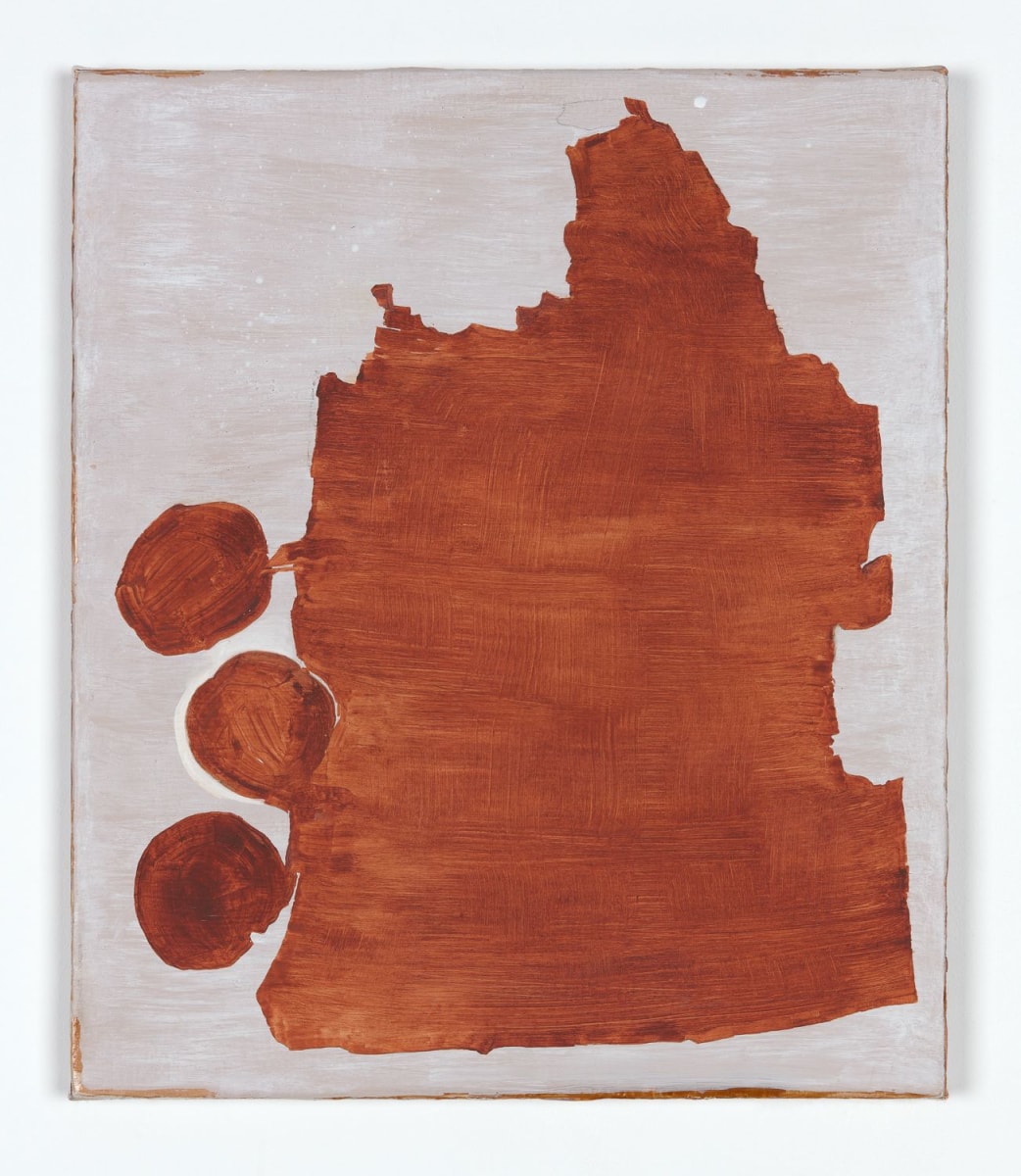
Veerle Beckers, Timbre, 2017, Kristof De Clercq Gallery.
Kristof De Clercq (Kristof De Clercq Gallery, Gent)
The gallery of the enthusiastic gallerist Kristof De Clercq is located just outside the city centre of Ghent. With his gallery - worth a visit for the architecture and garden alone - he promotes emerging, mid-career, forgotten and established artists through solo and group exhibitions in the gallery space and through participation in international art fairs. The gallery also manages several estates. Kristof has a good sense of what is going on and what has remained hidden in the recent history of Belgian art. He likes to work for Belgian and foreign artists who already have an entire oeuvre, but who have not yet received sufficient national and international attention. The gallery programme focusses on a carefully selected group of artists who express themselves mainly in abstract drawings and painting. The surrealistic touch is (almost) always lurking, ensuring that the art shown has a playful character besides a thematic or geometrical character. Kristof's great contacts with national and international art institutions and art professionals are an advantage in creating more brand awareness. At Art Rotterdam, the gallery shows work by Veerle Beckers, Johan De Wit, Klaas Kloosterboer, Jeff McMillan, Peter Morrens, Alberto Scodro, Tuukka Tammisaari and Evi Vingerling.
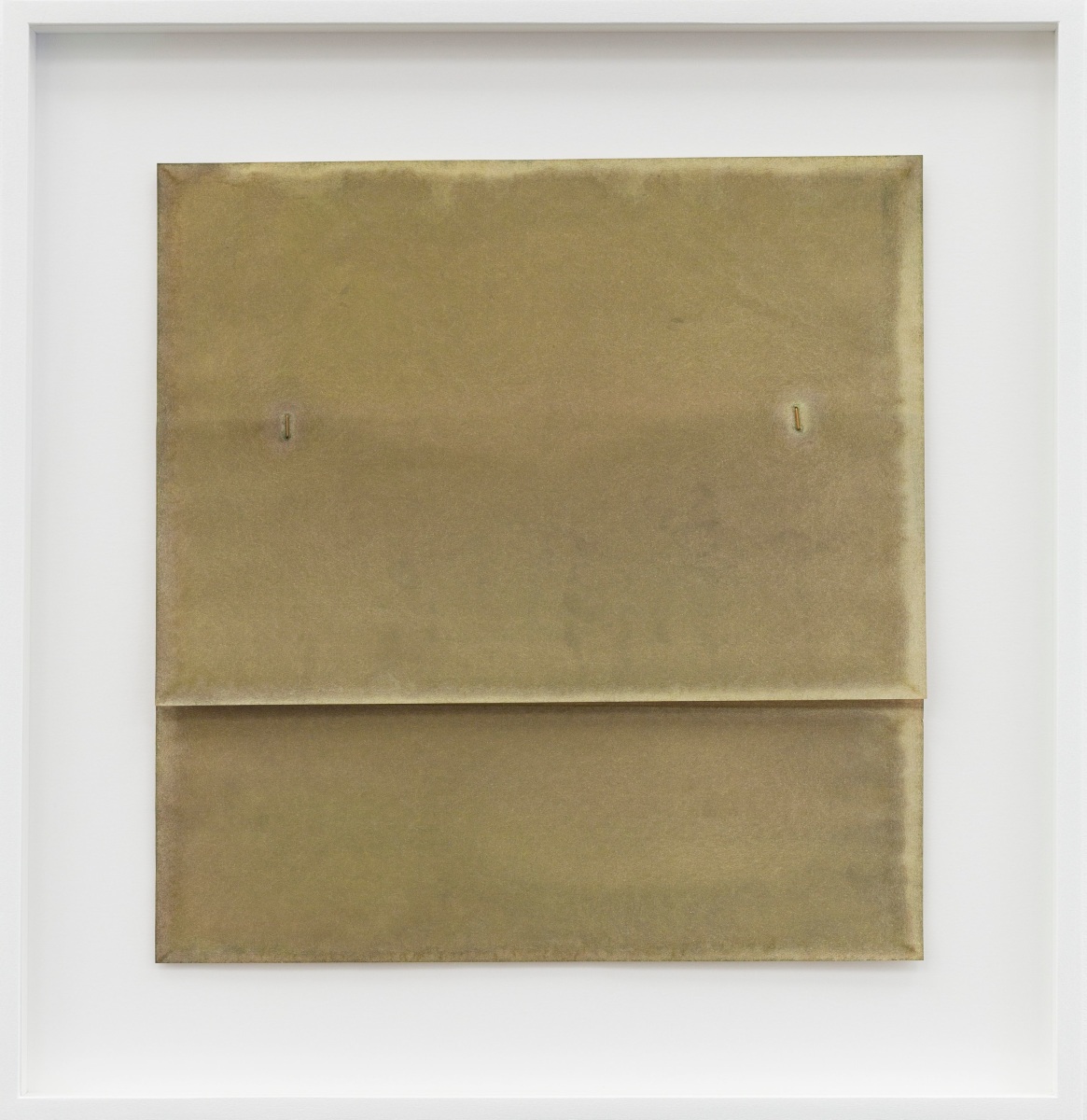
Mélanie Berger, Sans Titre Assemblé #3, 2019, Archiraar Gallery.
Alexis Rastel (Galerie Archiraar, Brussel)
In 2012, architect Alexis Rastel founded the Archiraar Gallery. The gallery represents emerging, international artists and combines a spatial approach with artistic research. Each exhibition, Archiraar comes up with artistic, moving projects. In a brutalist building, the gallery houses two complementary spaces:
The gallery's White Cube opened its doors in Brussels in 2013. Following the ideology of a neutral place, the space of 3x3x9 meters reflects our usual contemporary way of exhibiting art. Opened in 2014, the Black Cube forms White Cube’s complementary space. Its closed space provides an intimate experience of the work on display. From 2016, the Gallery will combine the programmes of both spaces, inviting curators and artists to participate in group exhibitions.

Joris Vanpoucke, Seascape, 2021, DMW Gallery.
Bart van der Biesen (Base-Alpha Gallery, Antwerpen) en Ida Wollens (DMW Gallery, Antwerpen)
Bart Vanderbiesen, owner of Base Alpha and Ida Wollens, founder of DMW Galerie, are almost neighbors in the Antwerp’s Borgerhout district - the part of town where the Zeno X and Eva Steynen Deviatons gallery is also located. In addition to their work as gallery owners, they are the initiators of Ballroom Project, a platform for Belgian and Dutch galleries to show a maximum of 3 works per artist in a specially curated space during the Antwerp Art Weekend. The event is somewhere between a group exhibition and an art fair: visitors can buy art but there are no booths. This year the event took place for the 3rd time, in the stylish, former court house, called BorgerHub, in Borgerhout.
Ida and Bart have a very keen eye for new trends in the Belgian art world and always know how to spot and promote international talent. Without their enthusiasm and activities, the Antwerp art scene in Borgherhout would be a lot less lively. Both galleries pay a lot of attention to experimental and contrarian art. Besides, they not only have an eye for the artistic content and meaning of the individual works, but also for curating the exhibition as part of the creative process. They will also be sharing their booth this year.
Nice to know: on the Art Rotterdam website they announce that they are expanding their partnership with the Ballroom Gallery, which will open its doors on 9 September- during the Brussels Gallery Weekend - at Rue Royale 119-123, Brussels.
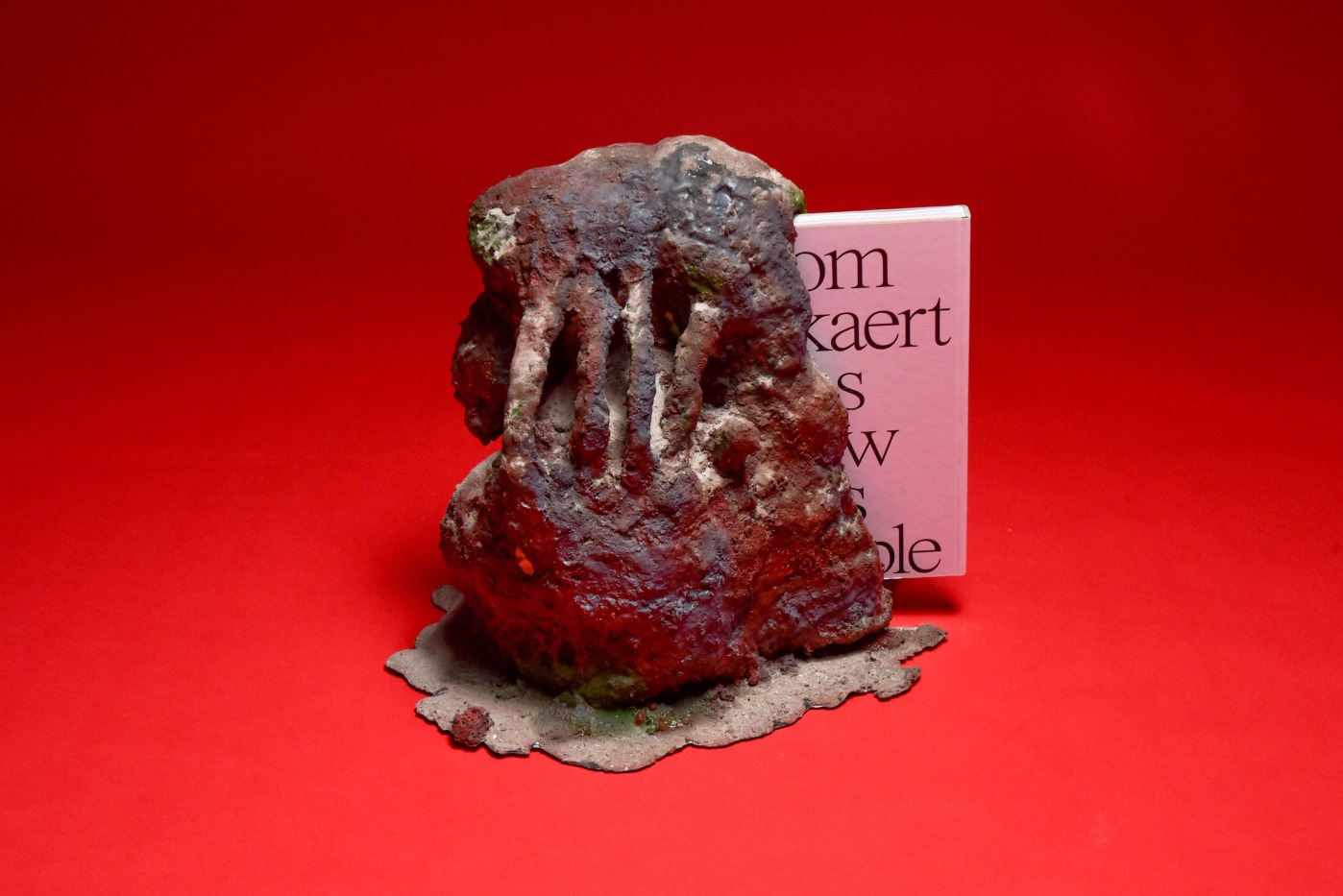
Tom Volkaert, Selfportrait #7, 2020, Everyday Gallery.
Everyday Gallery (Boris Devis, Antwerpen)
None other than the flamboyant entrepreneur Boris Devis is the founder of Everyday Gallery, a space for visual and applied arts that opened its doors in 2019 in Antwerp's Nieuw Zuid (and is located next to the Sophie Van de Velde and Plus One galleries). In the programming, Boris - who likes challenges - strives for a radical freedom of thought and action, not shying away from any visual clashes between the long-established norms and values of the art world and futuristic concepts. About experiencing art Boris says:
“It can be wise to look at art with different hats on," Boris tells us. "You have different layers in art; something that you would hang in your house, and something to wear. People are often inclined to go for the first, and look for something that fits in the interior. That's fine, but I invite people to look at it in a different way. Which piece attracts you, fascinates you, demands your attention every time?".
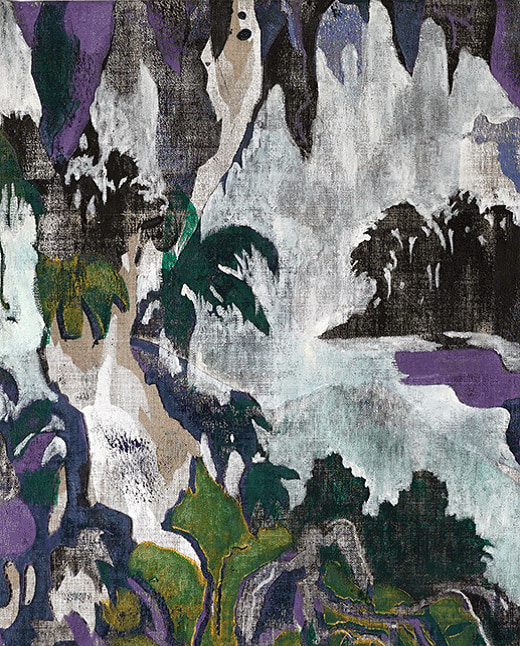
Arnaud Rochard, Rocailles II, 2020, Felix Frachon.
Felix Frachon (Galerie Felix Frachon, Brussel)
Through an ambitious multidisciplinary approach, Galerie Felix Frachon promotes the young contemporary art scenes from the so-called emerging regions such as South Asia, Africa, the Middle East and Latin America. Since 2016, the gallery has been housed in an old dry-cleaning shop of 30 m2 in Rue Saint-Joris 5, Brussels. In September 2017, the gallery doubled its size by adding a second floor and opening its project space “le 26” at 26 Sint-Jorisstraat in Brussels. The gallery also expanded its programme with art residencies, presentations, lectures, performances, a public library, concerts, publications, editions and special projects, with the aim of developing more dialogue between different cultures and art practices.

Wendy Krochmal, A(r)mor : Helmet XIII China, 2019, PEDRAMI GALLERY.
Katayoun (Kathy) Pedrami (Pedrami Gallery, Antwerp)
The gallery of the Iranian Katayoun (Kathy) Pedrami - who has also lived in Belgium for twenty years - can be found on 't Eilandje, Antwerp’s new hotspot for art in Antwerp, where the MAS, and galleries such as Leo Steynen and Art Partout are also located. Her programming promotes contemporary art from the Middle East for which she closely collaborates with museum directors, curators and art critics with the aim of altering the negative image that of the Middle East that prevails in West. Kathy Pedrami:
Ancient Persia is the cradle of culture, but art from the Middle East is relatively unknown in Europe. No gallery in the Benelux focuses on contemporary art from that region. I want to change that with Pedrami Gallery. […] Contemporary Arabic creations will surprise many; don't expect classic Persian rugs.
(https://www.pressreader.com/belgium/gazet-van-antwerpen-metropool-stad/20151109/282372628495537)
During this edition of Art Rotterdam, the gallery shows work by artists from three countries of the Middle East who break with censorship, superstition and taboos: Nasser Bakhshi, Mohammad Barrangi and Roghayeh Najdi from Iran, Haider Jabbar and Salam Ata Sabri from Iraq, Wendy Krochmal and Eileen Cohen Süssholz from Israel.

Loïc Van Zeebroek, "Untitled", 2021, Dauwens & Beernaert Gallery.
Laurence Dauwens en Joris Beernaert (Dauwens & Beernaert Gallery, Brussel)
The young couple Laurence Dauwens and Joris Beernaert are the founders of Dauwens & Beernaert Gallery in Brussels. Their gallery is housed in the building of the legendary Sabine Wachters gallery, which exhibited work by Donald Judd and Andy Warhol, among others. In addition to unique works by international talent, the gallery offers editions. During Art Rotterdam, the gallery shows small paintings on canvas and panel by Loïc van Zeebroek, whose work explores the relationship between representation and reality and the turning point between figuration and abstraction, and reworking of old paintings, as well as engravings the Italian multimedia artist Marco De Sanctis finds at antique dealers and flea markets and brings it back to life in a quirky way.
In de spotlight:
Irène Laub (Galerie Irène Laub, Brussel)
Since its inception in 2016, Irène Laub Gallery presents an ambitious exhibition programme aimed at fostering a productive dialogue between international artists, curators and institutions. Many of the artists represented by the gallery focus on socio-political and architectural themes based on diverse media and with distinct aesthetics of their own. The gallery space is intended as a “playground” in which artists can explore the physical and interactive boundaries with the audience of their chosen discipline.
At Art Rotterdam, Irène Laub Gallery is showing work by the Icelandic artist Guðný Rósa Ingimarsdóttir and Guillermo Mora.
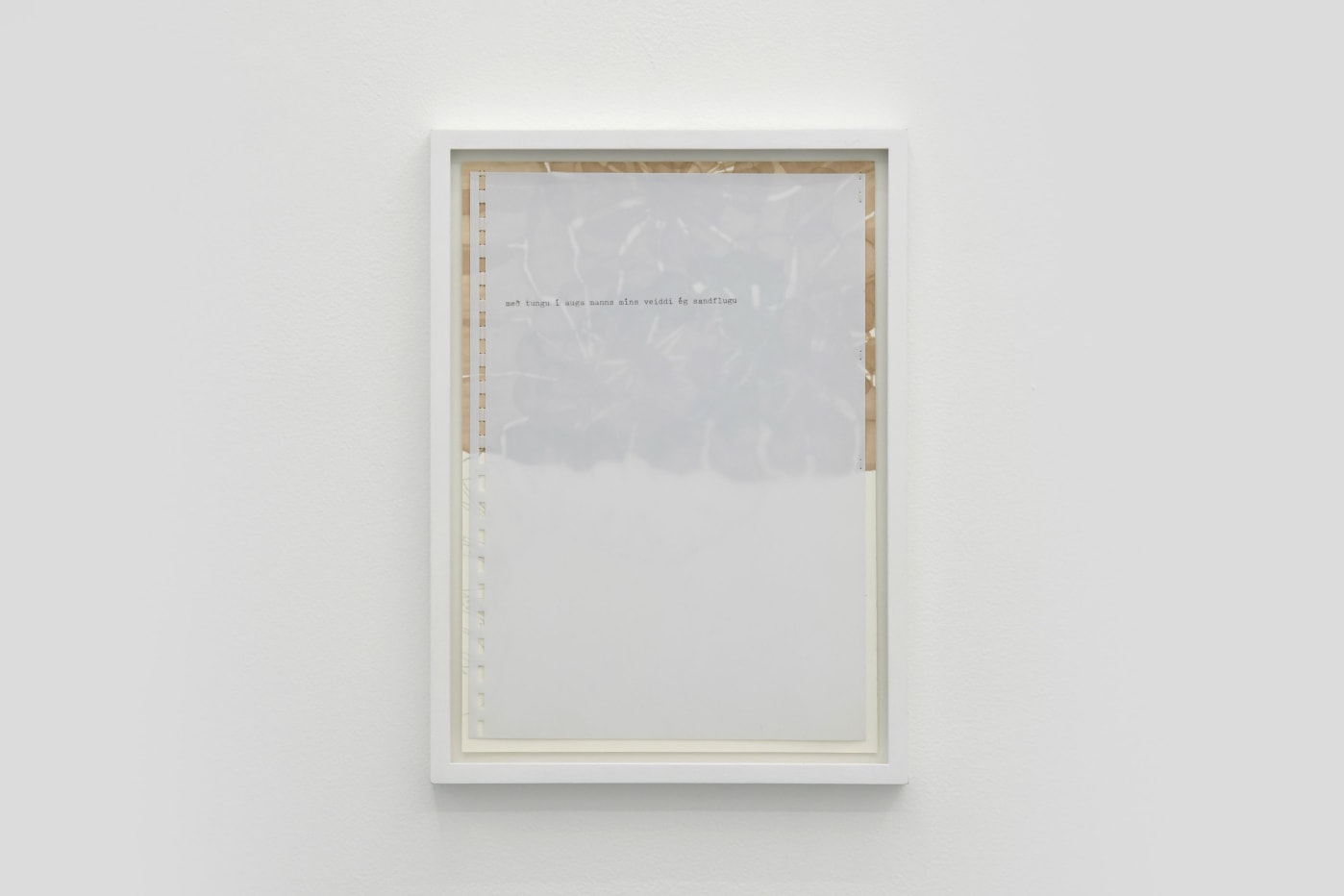
GUÐNÝ RÓSA INGIMARSDÓTTIR, "... með tongue ...", 2017, Irène Laub Gallery.
Guðný Rósa Ingimarsdóttir (1969, Reykjavik)
After completing her training in Brussels and Antwerp in the 1990s, Guðný Rósa Ingimarsdóttir settled permanently in Belgium. For her work she cuts and carves into materials to get as close as possible to their essence. She then assembles the individual parts into a - usually - geometric structure consisting of organic and abstract elements. For example, she builds layered paintings and installations that emerge slowly over the years: some works are only finished after twenty years. The poetic and minimalistic but also lived-in character of her work makes her work timeless and enigmatic.
(https://databank.kunsten.be/audiovisuele-beeldende kunsten/profielen/kunstenaars/ent:dkb:ppl:1955748/gudny-rosa-ingimarsdottir/)
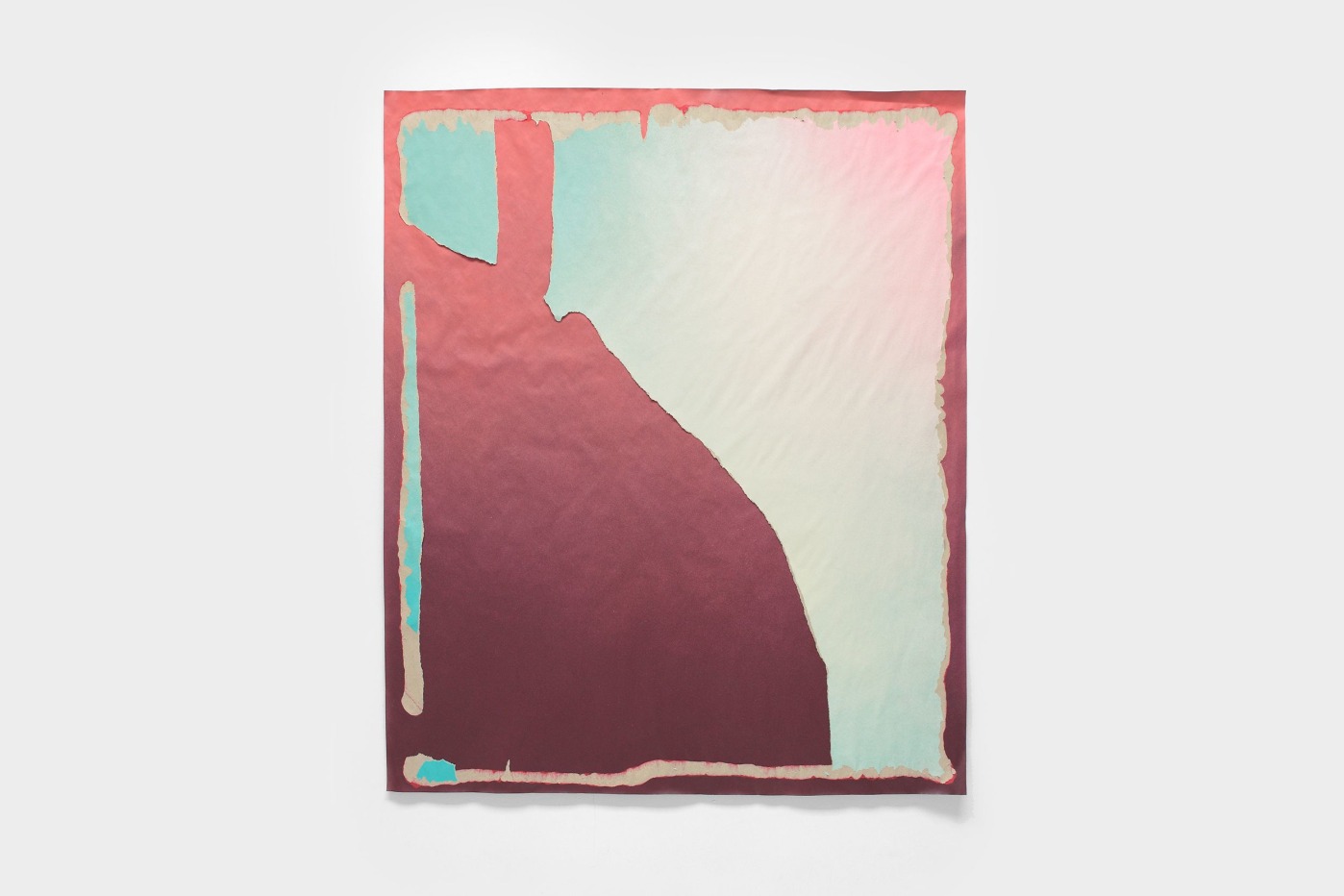
GUILLERMO MORA, Mas aire (XXVIII), 2017, Irène Laub Gallery.
Guillermo Mora (1980, Alcalá de Henares, Spain)
Guillermo Mora creates a new way of looking and communicating through a unique historical and theoretical research method and visual language. With his striking compositions, the artist constructs environments in which he questions the protocols and procedures of contemporary painting and their meaning. The following three themes are crucial: overlap, concealment and disappearance. For this, Mora conducts research into hidden paintings, into paintings that hide other paintings, into processes that hide painting, into disguised images and into paintings that have been lost in the course of history. Based on transformation and deformation, he explores the secrets behind the flat surface and three-dimensional space, psychological and artistic meanings, colour and form. He himself says about this: “I see painting as a multiple tool with which I can move between the ideal of image construction and a constant metamorphosis of fragments.”
